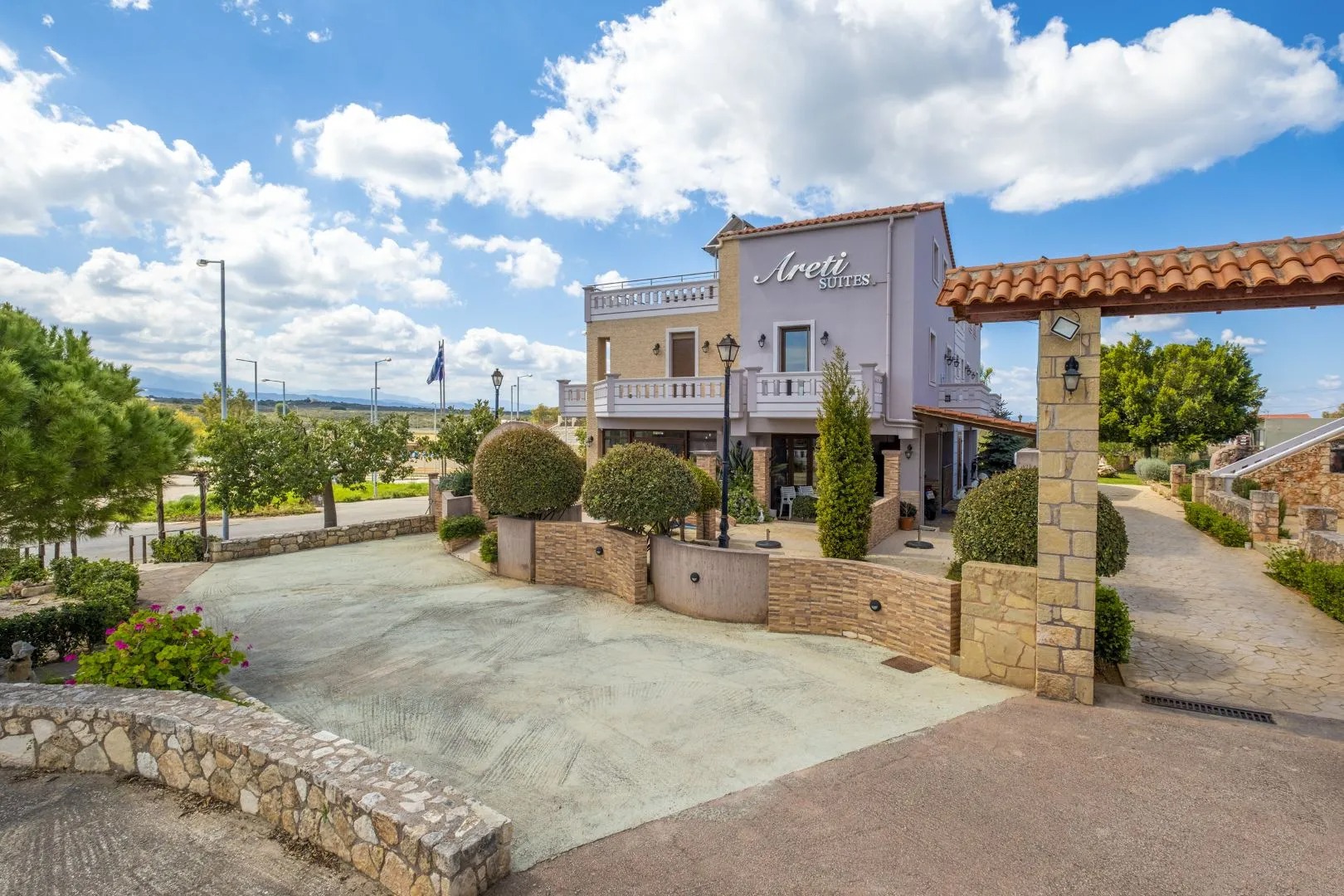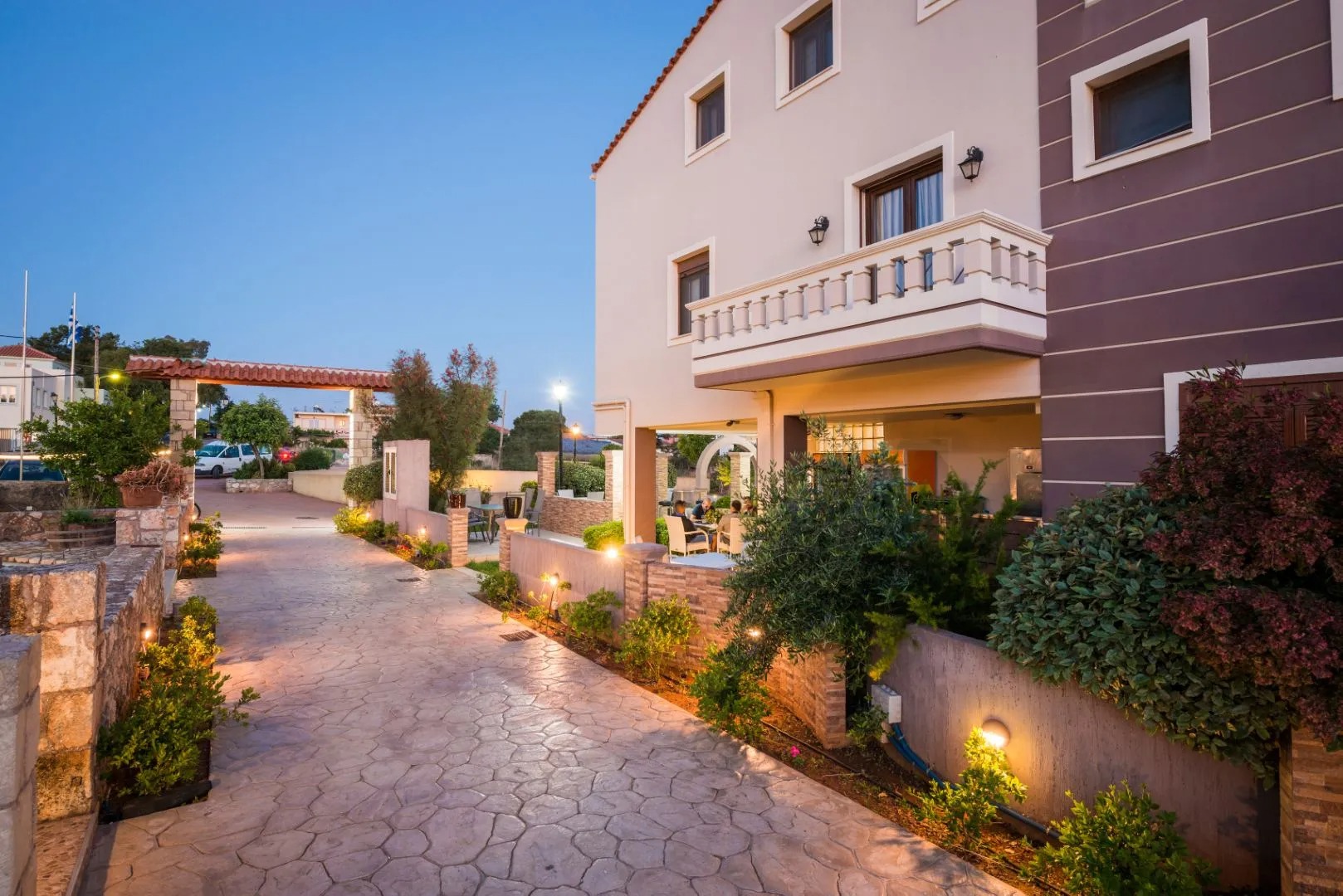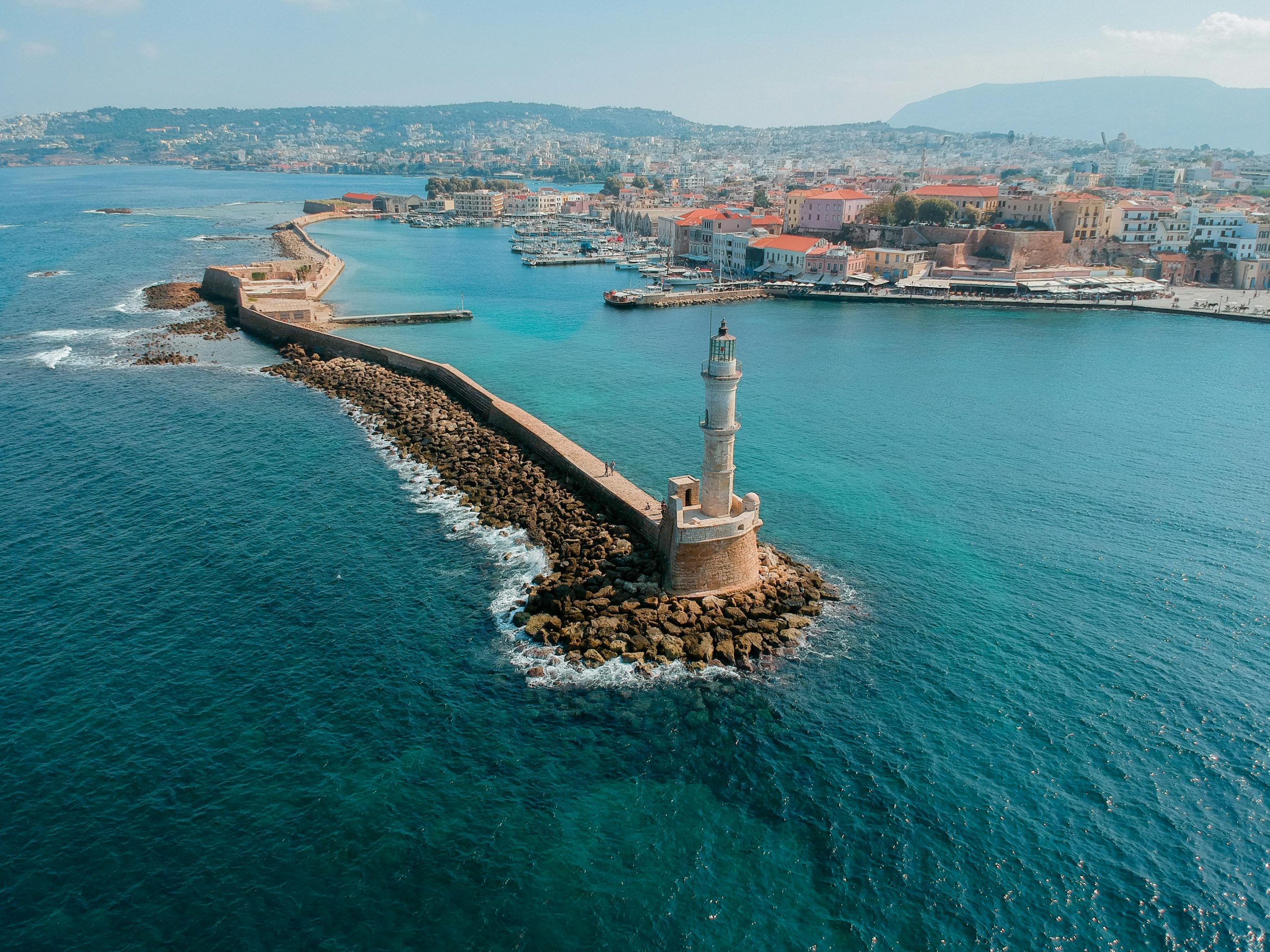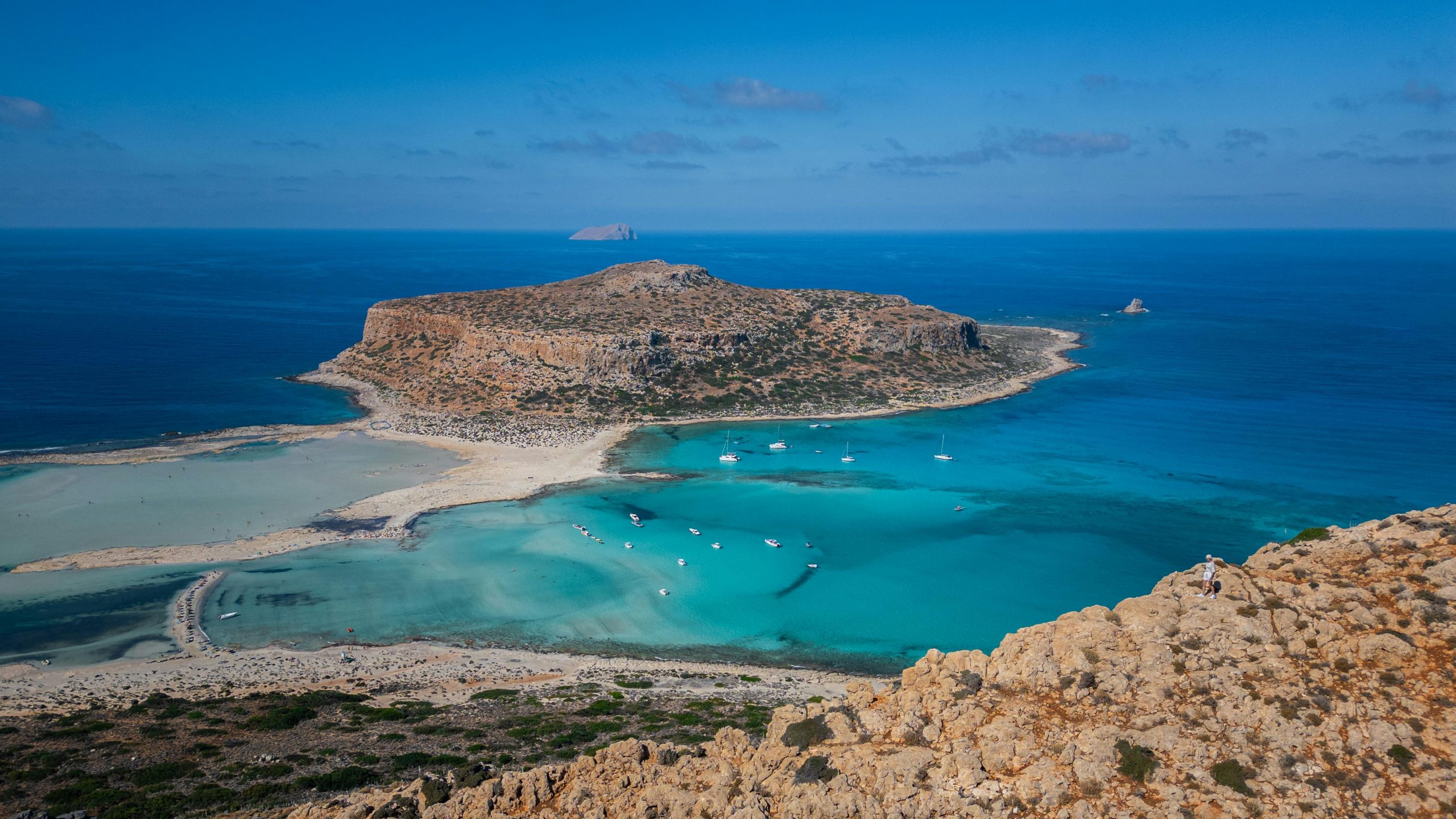
Your can go Anywhere
Distance From :
Cretan Gastronomy
Experience the flavors of Crete during your stay at Areti Suites. The region is renowned for its fresh, high-quality local products — from extra virgin olive oil and cheeses to organic honey, wines, and seasonal fruits and vegetables. Guests can visit nearby farms, creameries, and wineries to see traditional production methods, taste authentic delicacies, and bring home the finest local produce. Cretan cuisine combines simplicity, freshness, and health, offering an unforgettable culinary journey for every visitor.

The Location
Areti Suites is perfectly situated in the peaceful village of Kathiana, at the heart of the Akrotiri Peninsula. Just minutes from Chania International Airport and the port of Souda, and only a short drive from Chania city center, the hotel offers unmatched convenience for travelers. Whether you’re arriving, departing, or exploring the city, everything is within easy reach, making your stay effortless and stress-free.

The Area
Surrounding Areti Suites is a world of natural beauty and cultural treasures waiting to be discovered. Golden beaches, centuries-old monasteries, charming villages, and scenic hiking trails are all nearby, offering guests endless opportunities to explore and experience authentic Cretan life. From relaxing seaside escapes to immersive cultural adventures, the area around the hotel promises unforgettable memories at every turn.

Nearby Beaches
Areti Suites is perfectly located for beach lovers, with some of Chania’s most beautiful shores just minutes away. Relax on the golden sands of Kalathas Beach, swim in the crystal-clear waters of Agia Marina and Platanias, or explore quieter coves like Seitan Limania for a more secluded experience. Whether you’re looking for sunbathing, water sports, or a peaceful seaside escape, the stunning beaches of the Akrotiri Peninsula and greater Chania area offer something for everyone.
